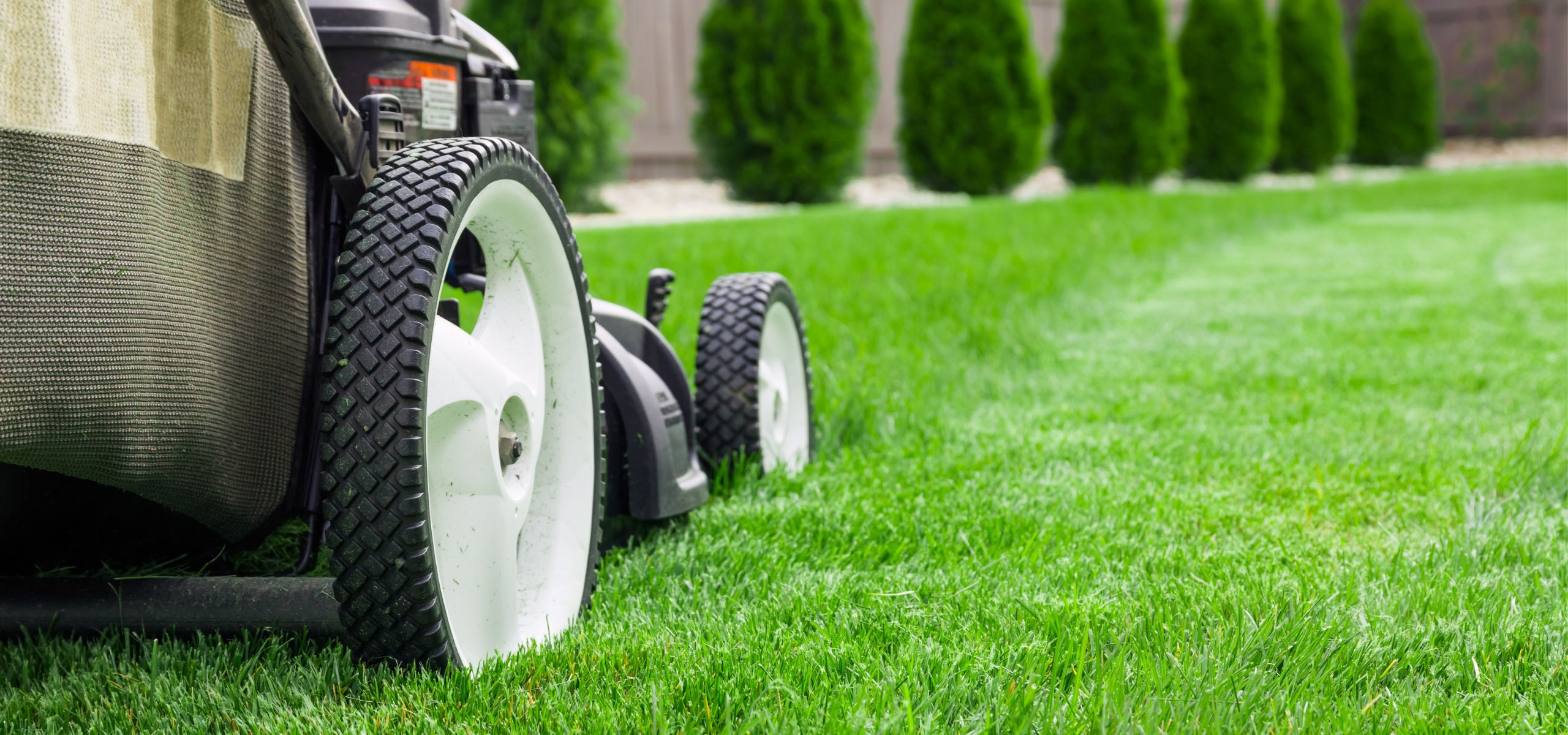Spring Lawn Care Tips From British Garden Centres
The perfect garden lawn is practical to use, lovely to look at and an asset to your home and Spring is the perfect time to breathe new life into your lawn after the winter months. With proper preparation and care, doing your lawn care in spring can result in a beautiful and healthy lawn for enjoyment throughout the year. In this blog, the British Garden Centres team take you through the main lawncare tips.
Mowing
Over winter, your grass may have gone dormant and is now waking up. Once your lawn has had a few weeks of new growth you can give it its first mow of the year if the weather isn’t wet or frosty. Make sure the mower blades are at their highest setting before cutting, so you don’t cut the grass too short or scalp the lawn, as it needs time to recover.
Aeration
Aerating your lawn involves perforating the soil with small holes to allow air, water, and nutrients to penetrate the grass roots. This process helps alleviate soil compaction, allowing the roots to grow deeper and stronger.
This can be done with a garden fork, spiked shoes or an aerator which can be found at your local British Garden Centres store. Simply make small holes about 4-5 inches deep, repeating every 6 inches across the garden to let carbon dioxide and oxygen circulate, and water and nutrients down into the lawn root zone.
Scarifying
You may find that your lawn needs some TLC after the winter months have been wet and that it is overrun with moss and weeds. If you have weeds in your lawn, they will compete for nutrients and moisture with healthy grass, so make sure that they are removed as soon as possible. The best way to remove weeds and moss from your lawn is to a lawn scarifying rake, uprooting the weeds and moss to allow your grass to breathe.
After scarifying, use a lawn feed to encourage strong new, dark green growth, ready for increased use over the summer.
Once this has been done, a spring lawn fertiliser and feed towards the end of the month will revive your grass for the season ahead.
Seeding
You may be left with some patches in your grass after scarifying or where it has died down over winter. To seed your, start by selecting high-quality grass seed, easily found in your local store, which is suited to your soil and garden setting. Prepare the soil by removing debris, weeds, and rocks, then loosen it with a rake or garden fork.
Before reseeding, we recommend testing the soil’s acidity, which you can easily do with a soil testing kit. If the pH level is too low, indicating acidity, moss is likely to thrive in your soil. To increase the pH level, consider using lawn seed mixes that contain calcium carbonate as this effectively raises the soil’s pH for you.
Spread the grass seed evenly over the prepared soil and gently rake it in for good seed-to-soil contact. Make sure to spread the seed evenly and then gently press it down using your feet or a light roller.
After seeding, water the area and keep an eye out for the newly seeded area for signs of germination and continue to water regularly until the grass establishes strong roots. We also recommend not walking on the freshly seeded area until the grass has grown strong enough to withstand foot traffic.

























